Gardening 101: A Comprehensive Guide to Japanese Aralia (Fatsia japonica)
Discover how to transform shady corners into vibrant green retreats with minimal upkeep.
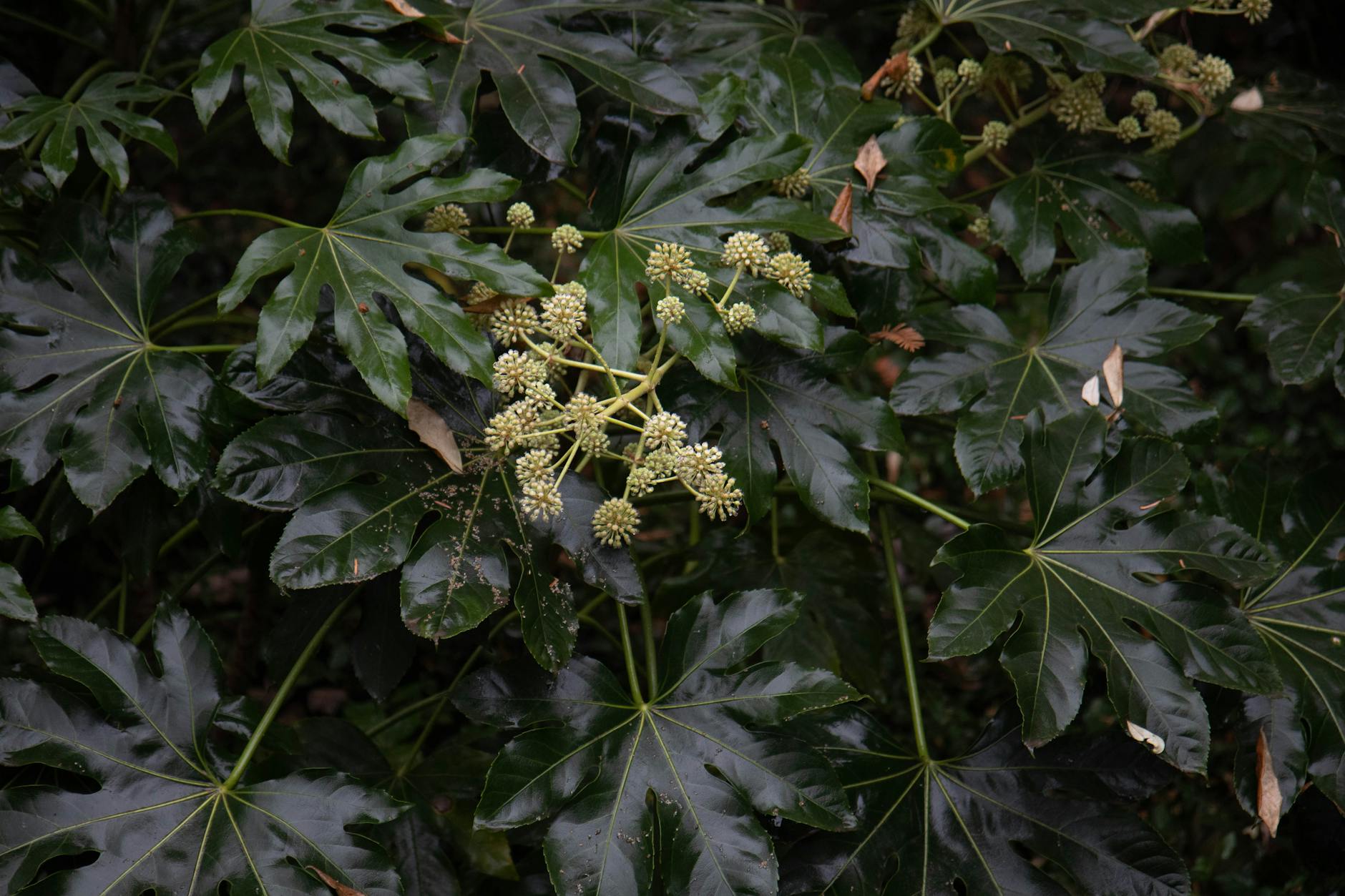
Gardening 101: Japanese Aralia (Fatsia japonica)
Japanese aralia (Fatsia japonica) is an evergreen shrub prized for its bold, hand-shaped leaves, lush appearance, and ability to thrive in shady nooks both indoors and outdoors. This guide delves into every facet of cultivating Japanese aralia, covering planting, care routines, design uses, propagation, maintenance, and troubleshooting common issues. Whether creating an urban jungle indoors or adding structure to a shade garden, this plant is a versatile star performer.
Table of Contents
- Introduction to Japanese Aralia
- Why Grow Japanese Aralia?
- Plant Profile
- Design Uses and Landscape Placement
- Growing and Caring for Japanese Aralia
- Propagation Methods
- Pruning & Maintenance
- Seasonal Guide: From Spring to Winter
- Troubleshooting: Common Problems & Solutions
- Frequently Asked Questions
Introduction to Japanese Aralia
Japanese aralia is native to the subtropical woodlands of Japan and Korea. Known for its exotic, glossy, palmate leaves reminiscent of a tropical jungle, this shrub makes an adaptable choice for gardeners worldwide. It is also commonly called fatsia japonica, paper plant, or spider’s web (the latter referring to a variegated cultivar).
Why Grow Japanese Aralia?
- Huge, dramatic leaves: Adds instant architecture and a tropical flair to gardens and interiors.
- Shade tolerance: Thrives where many other plants refuse to grow, including deep, dappled, or partial shade.
- Low maintenance: Requires little pruning, moderate watering, and infrequent fertilizer.
- Air purification: Like many leafy plants, helps filter indoor air (when grown inside).
- Wildlife interest: In autumn, creamy flower clusters attract pollinators, followed by black berries enjoyed by birds in winter.
Plant Profile: Fatsia japonica
| Botanical Name | Fatsia japonica |
|---|---|
| Common Names | Japanese aralia, Paper plant, Spider’s web (variegated cultivar) |
| Family | Araliaceae |
| Origin | Japan, Korea |
| Height & Spread | 6–10 ft (1.8–3 m) high & wide |
| Leaf Shape | Large, glossy, deeply lobed (up to 16 in. across) |
| Flower Season | Autumn (white, pompom-like clusters) |
| Fruit | Berries (glossy black, winter interest) |
| USDA Zones | 7b through 10b |
Design Uses & Landscape Placement
Japanese aralia offers year-round structure and is often used to create dramatic foliage contrasts. Consider these placement possibilities:
- Foundation planting: Its size and shape are ideal for softening bare house walls or shady corners.
- Container specimen: Excellent in large pots for patios or entrances; can be brought indoors in winter for cooler regions.
- Understory plant: Works beautifully beneath tall trees or as a background for smaller shade lovers like ferns and hostas.
- Massing or hedging: Plant in drifts for a lush, evergreen privacy screen.
- Indoor feature: Provides instant jungle vibes to a living room, hallway, or sunroom.
- Mixed borders: Combines well with contrasting foliage, such as grasses, rodgersia, or bold-blooming shade perennials.
Variegated types like ‘Spider’s Web’ brighten dim corners with white-flecked foliage.
Growing and Caring for Japanese Aralia
Site & Light
- Light: Partial shade to deep shade outdoors; bright filtered light or partial shade indoors. Avoid harsh, direct afternoon sun, which may bleach the leaves.
- Variegated types: Require a bit more light than all-green forms.
Soil
- Type: Organically rich, well-drained, slightly acidic soil is ideal.
- Potting mix: Combine equal parts leaf mold, loam, peat, sand, and humus for containerized plants.
Watering
- Growing season (spring through summer): Keep soil slightly moist but never soggy; water thoroughly when the top layer dries.
- Fall and winter: Reduce frequency. Let top soil dry a bit more between waterings, but do not allow to fully dry out.
- Tip: Yellowing and dropping leaves can indicate overwatering; browning edges suggest dryness.
Temperature & Humidity
- Temperature: Thrives in USDA zones 7b–10b; prefers 60–75°F (15–24°C) indoors. Avoid frost exposure for potted plants.
- Humidity: Naturally tolerant, but indoor plants appreciate occasional misting. Regularly wipe leaves to increase photosynthesis.
Fertilizing
- Season: Feed every 1–2 weeks spring through fall with balanced, diluted, organic or mineral fertilizer.
- Winter: No need to fertilize during dormancy.
Summary Table: Japanese Aralia Care Needs
| Feature | Requirement |
|---|---|
| Light | Partial/deep shade or bright filtered light |
| Soil | Rich, acidic, well-drained |
| Watering | Keep moist, let topsoil dry between waterings |
| Temperature | 60–75°F (15–24°C), avoid frost |
| Feeding | Biweekly spring–fall |
Propagation Methods
Expand your Japanese aralia collection easily by using these methods:
- Seed: Sow fresh seeds in spring indoors for best results. Seeds need light, warmth, and moisture to germinate, but seedlings grow slowly.
- Stem cuttings: Take semi-ripe cuttings from late spring to early summer. Place in a moist, sandy potting mix with gentle bottom heat until roots develop.
- Air layering: For larger or older plants, air layering is effective. Nick the stem, wrap it in damp sphagnum moss, and cover with plastic until roots form, then sever and plant.
Pruning & Maintenance
- Routine pruning: Not strictly necessary, but removing old or dry stems enhances plant shape and vigour.
- Pinch/prune tips: Encourages bushy, compact growth, especially in younger plants.
- Best time: Early spring, just before or as new growth emerges.
- Cleaning: Wipe leaves regularly indoors to maximize light capture.
- Repotting: Every 2–3 years or when rootbound, repot with fresh, rich potting mix and ensure excellent drainage.
Seasonal Guide: From Spring to Winter
| Season | Main Activities |
|---|---|
| Spring | Planting, division/propagation, fertilizing begins, prune for bushiness |
| Summer | Regular feeding & watering, watch for pests, enjoy lush growth |
| Autumn | Reduce feeding, water moderately, enjoy flowers and developing berries |
| Winter | Minimal water, no fertilizer, protect from freezing and drafts (especially in pots) |
Troubleshooting: Common Problems & Solutions
- Yellowing leaves: Often triggered by overwatering or poor drainage. Ensure soil dries out between waterings and container has drainage holes.
- Browning leaf edges: Usually due to under-watering or excessively dry air. Adjust watering schedule and increase humidity indoors.
- Leggy growth: Caused by too little light. Move plant to a brighter spot – but avoid direct sun.
- Pests: Spider mites, aphids, and scale insects occasionally attack. Wash leaves with soapy water or use horticultural oil if infestations persist.
- Root rot: Result of soggy soil. Remove affected roots, repot in fresh, well-draining mix, reduce watering frequency.
Frequently Asked Questions
Q: Can Japanese aralia be grown indoors?
Yes! It adapts well to indoor environments with bright filtered light. Maintain high humidity, avoid overwatering, and clean large leaves regularly for best results.
Q: Is Japanese aralia toxic to pets?
While Japanese aralia is generally considered non-toxic to humans, it can be mildly irritating if ingested by cats and dogs. Keep out of reach of pets that like to chew on plants.
Q: How fast does Japanese aralia grow?
It is moderate in growth rate, typically reaching full height (6-10 ft.) in just a few years under ideal conditions.
Q: Can I grow Japanese aralia in full sun?
It is not recommended. Prolonged direct sunlight will bleach and scorch the leaves, especially in hot climates or during summer months.
Q: When should I report or divide my Japanese aralia?
Repot or divide in early spring, every two to three years or when the plant appears rootbound or begins to slow in growth.
Conclusion
Whether gracing a cool shade garden, screening an unattractive wall, or adding lush greenery to a living room, Japanese aralia offers bold texture, year-round interest, and forgiving care requirements. With attention to light, water, and a little seasonal maintenance, this classic foliage plant remains a dependable cornerstone for gardens and homes alike.
References
Read full bio of Srija Burman



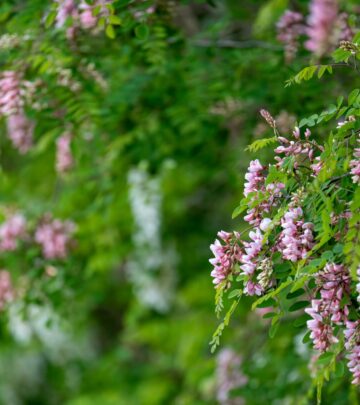



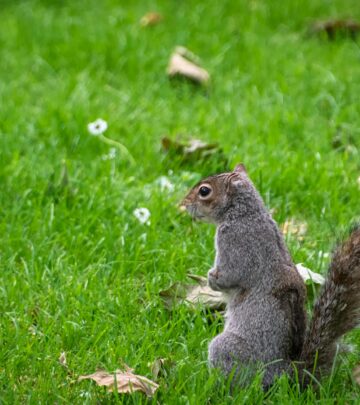
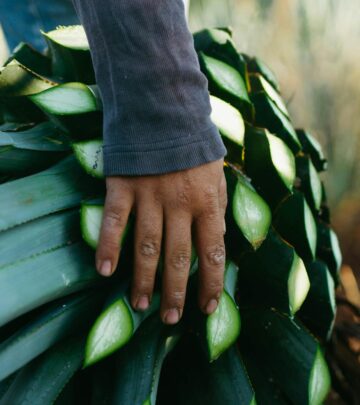
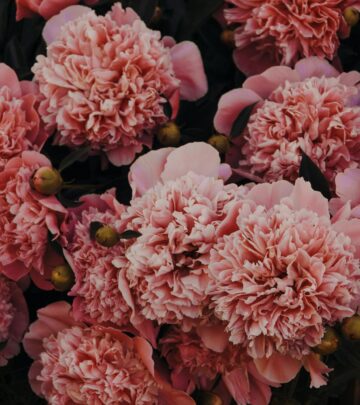

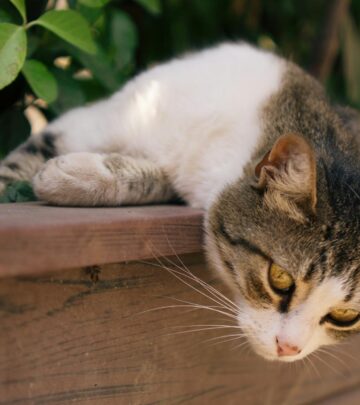



Community Experiences
Join the conversation and become a part of our empowering community! Share your stories, experiences, and insights to connect with other beauty, lifestyle, and health enthusiasts.